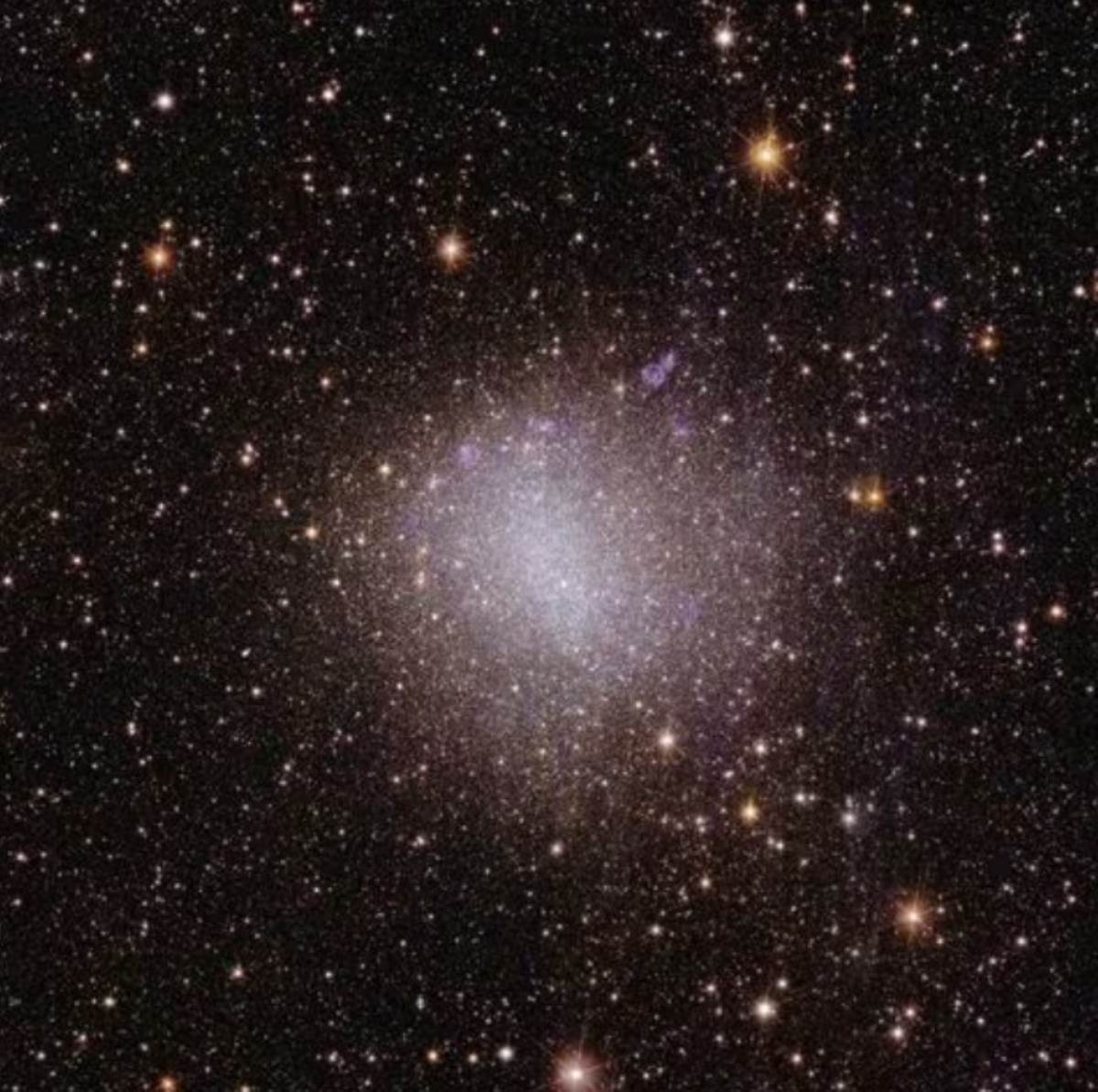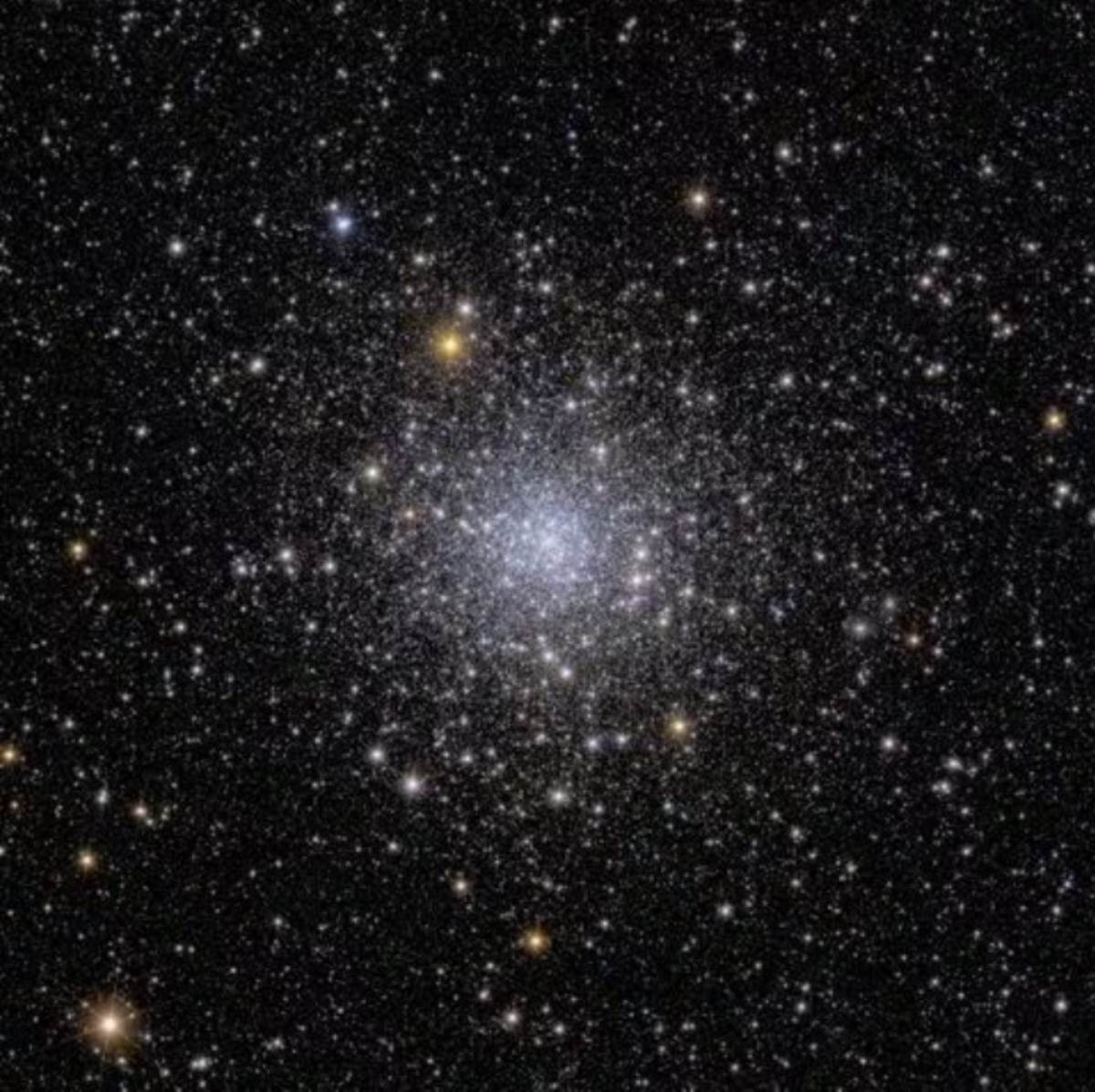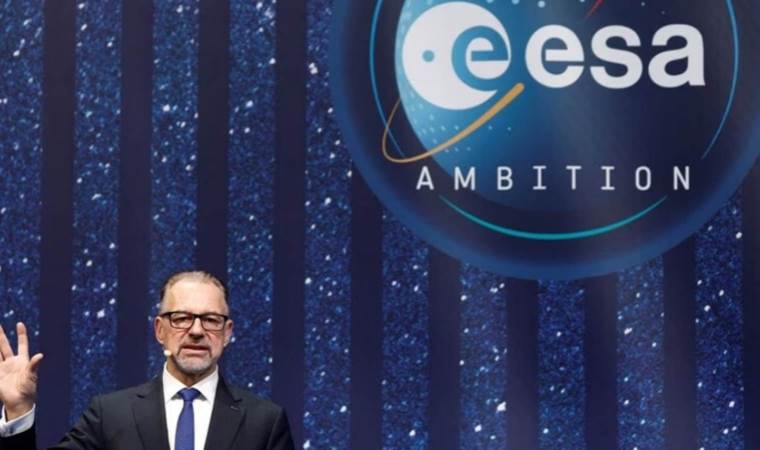Star-filled Euclid images spur mission to probe 'dark universe'
European astronomers on Tuesday released the first images from the newly launched Euclid space telescope, designed to unlock the secrets of dark matter and dark energy - hidden forces thought to make up 95% of the universe.

The European Space Agency, which leads the six-year mission with NASA as a partner, said the images were the sharpest of their kind, showcasing the telescope's ability to monitor billions of galaxies up to 10 billion light years away.
The images spanned four areas of the relatively nearby universe, including 1,000 galaxies belonging to the massive Perseus cluster just 240 million light years away, and more than 100,000 galaxies spread out in the background, ESA said.
Scientists believe vast, seemingly organised structures such as Perseus could only have formed if dark matter exists.
"We think we understand only 5% of the universe: that's the matter that we can see," ESA's science director Carole Mundell told Reuters.
"The rest of the universe we call dark because it doesn't produce light in the normal electromagnetic spectrum. But we know its effect because we see the effect on visible matter."

Tell-tale signs of the hidden force exerted by dark matter include galaxies rotating more quickly than scientists would expect from the amount of visible matter that can be detected.
Its influence is also implicated in pulling together some of the most massive structures in the universe, like clusters of galaxies, Mundell said in an interview.
Dark energy is even more enigmatic.
Its hypothetical existence was established only in the 1990s by studying exploding stars called supernovas, resulting in a 2011 Nobel prize shared between three U.S.-born scientists.
Thanks in part to observations from the earlier Hubble Space Telescope, they concluded that the universe was not only expanding but that the pace of expansion was accelerating - a stunning discovery attributed to the new concept of dark energy.

3D Cosmic Map
After initial commissioning and technical teething problems, including stray light and guidance issues, Euclid will now start piecing together a 3D map encompassing about a third of the sky to detect tiny variations attributable to the dark universe.
By gaining new insights into dark energy and matter, scientists hope to better grasp the formation and distribution of galaxies across the so-called cosmic web of the universe.
"The purpose of the Euclid mission is really to start to probe that dark sector of the universe in ways that we've been unable to presently with current ground and space missions," said Mundell, a leading academic and former UK science envoy.
"The Perseus cluster really typifies this huge conglomeration of mass. We think there's lots of dark matter in that cluster and pulling these galaxies together," she added.

The release of the images in Darmstadt, Germany, coincided with the second of two days of European space talks in Spain dominated by Europe's continued dependency on foreign launches.
The Euclid spacecraft was due to be launched on Russia's Soyuz rocket but those plans were scrapped amid a breakdown of relations following Moscow's invasion of Ukraine last year.
With Europe's own Ariane 6 rocket delayed, Euclid was launched from Florida by a SpaceX Falcon 9 rocket in July.
Although the mission is designed to last six years, ESA hopes Euclid has another six months of propellant to keep it in solar orbit some 1.5 million km (930,000 miles) away from Earth at "Lagrange Point Two", or L2 - a position of gravitational stability that is also home to NASA's James Webb Space Telescope.
Other images released by ESA included an irregular galaxy thought to resemble building blocks of the universe and a spiral formation known as the "Hidden Galaxy": a lookalike of our home galaxy usually obscured by light and dust within the Milky Way.
"You'll also see lots of background galaxies there as well, which is phenomenal. I think I spotted a new one there last night," Mundell told Reuters.

Most Read News
-
 US Army says 3 soldiers found dead in Lithuania after ve
US Army says 3 soldiers found dead in Lithuania after ve
-
 French presidential front-runner Le Pen vows to challeng
French presidential front-runner Le Pen vows to challeng
-
 China discovers 100-million-ton crude oil reserve in Sou
China discovers 100-million-ton crude oil reserve in Sou
-
 Germany’s Baerbock announces $12B military aid package f
Germany’s Baerbock announces $12B military aid package f
-
 Russia, Ukraine trade accusations over renewed strikes o
Russia, Ukraine trade accusations over renewed strikes o
-
 Khamenei warns of ‘firm retaliation’ to any ‘external ag
Khamenei warns of ‘firm retaliation’ to any ‘external ag
-
 Finland plans to quit landmine treaty: President
Finland plans to quit landmine treaty: President
-
 Ukraine says it carried out 1st round of consultations w
Ukraine says it carried out 1st round of consultations w
-
 Death toll from Myanmar earthquake surpasses 2,700
Death toll from Myanmar earthquake surpasses 2,700
-
 Gaza death toll nears 50,400 as Israeli army kills 42 mo
Gaza death toll nears 50,400 as Israeli army kills 42 mo













